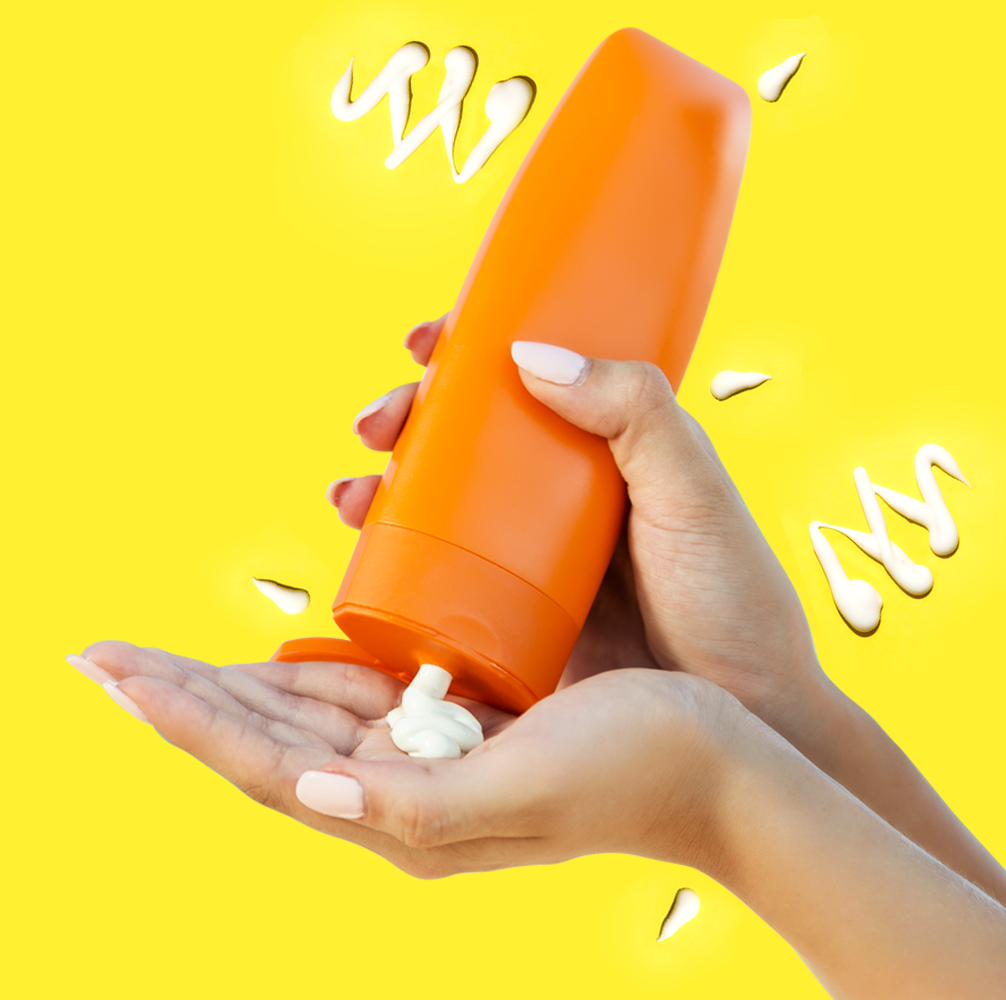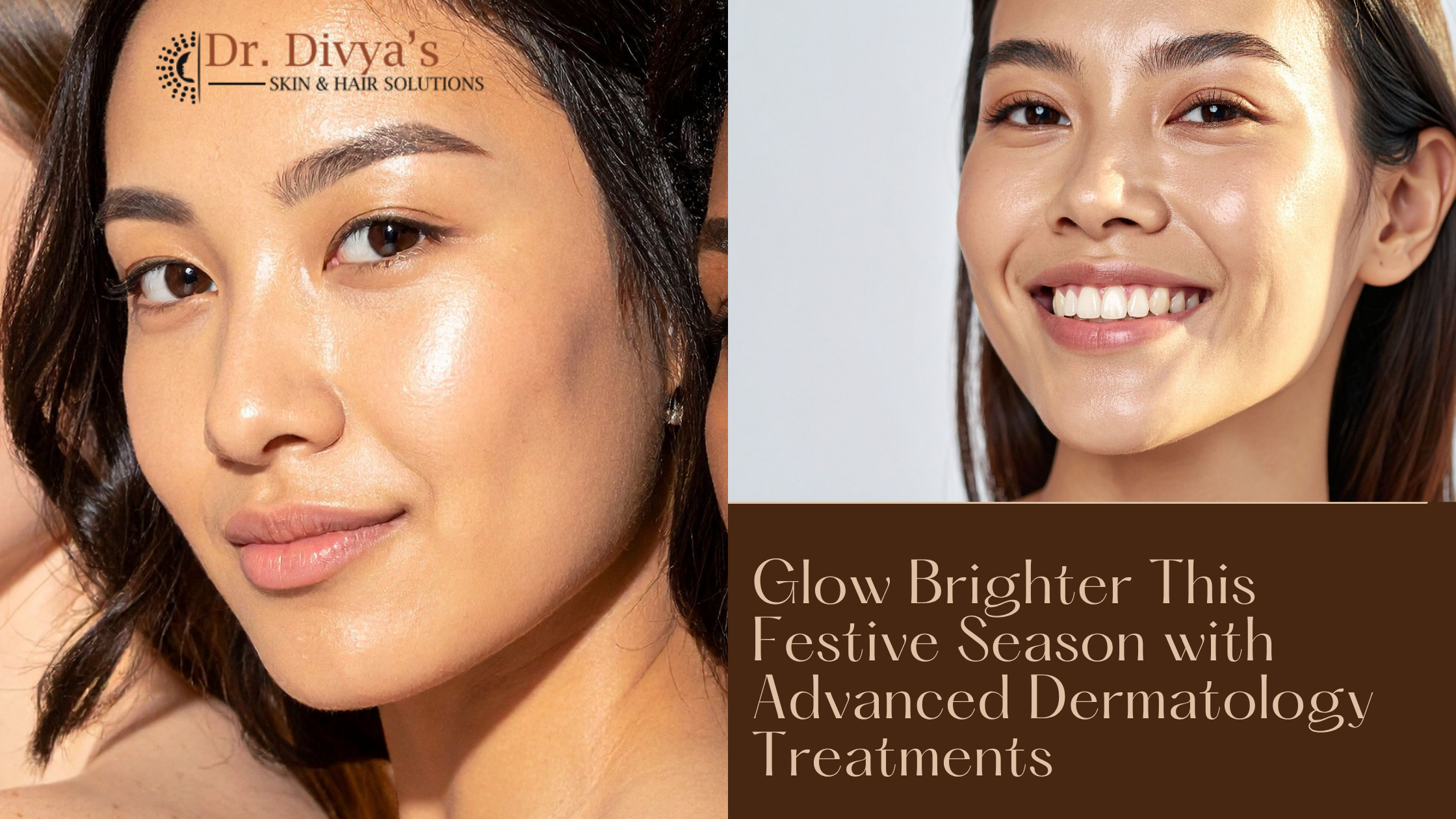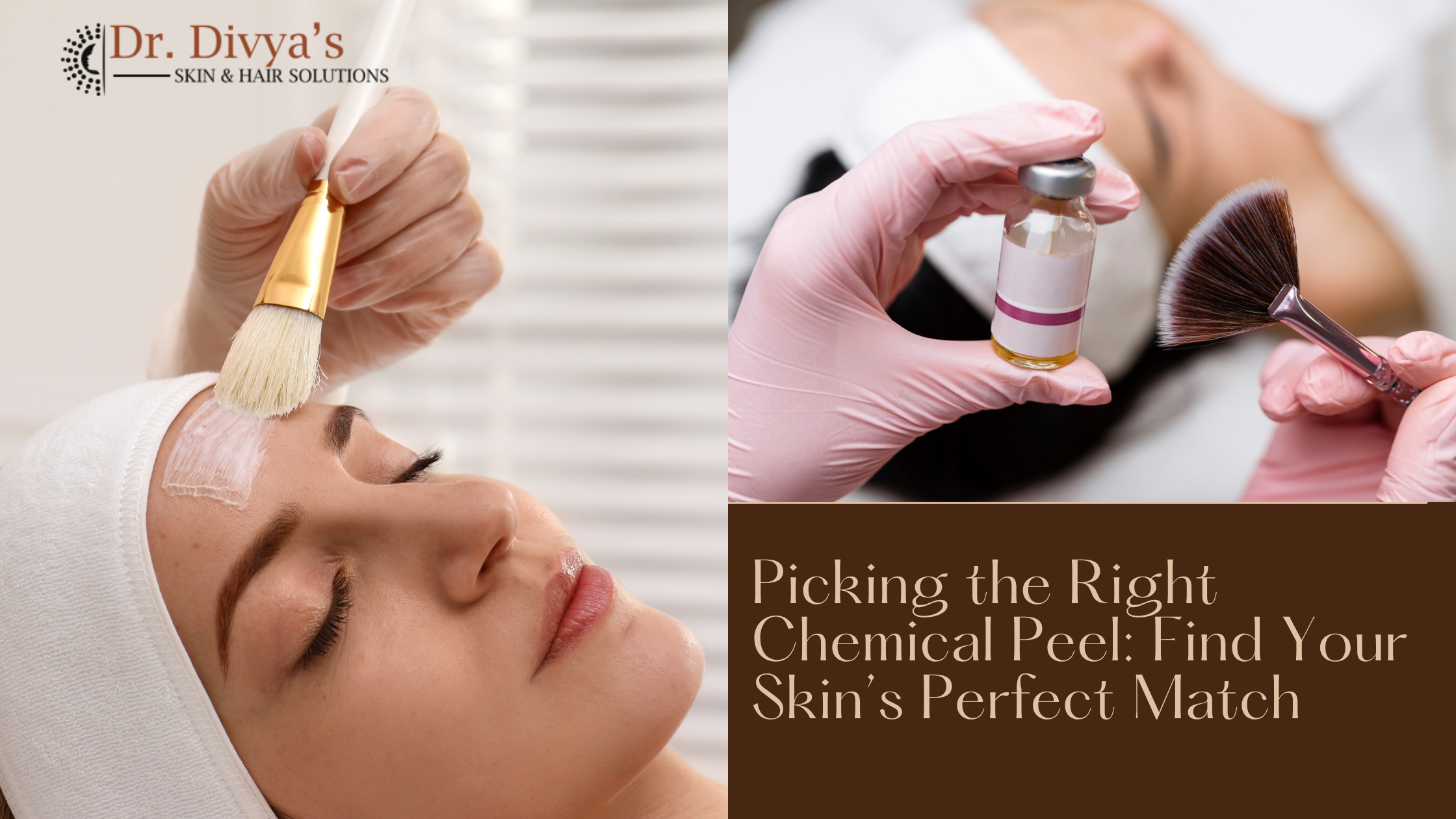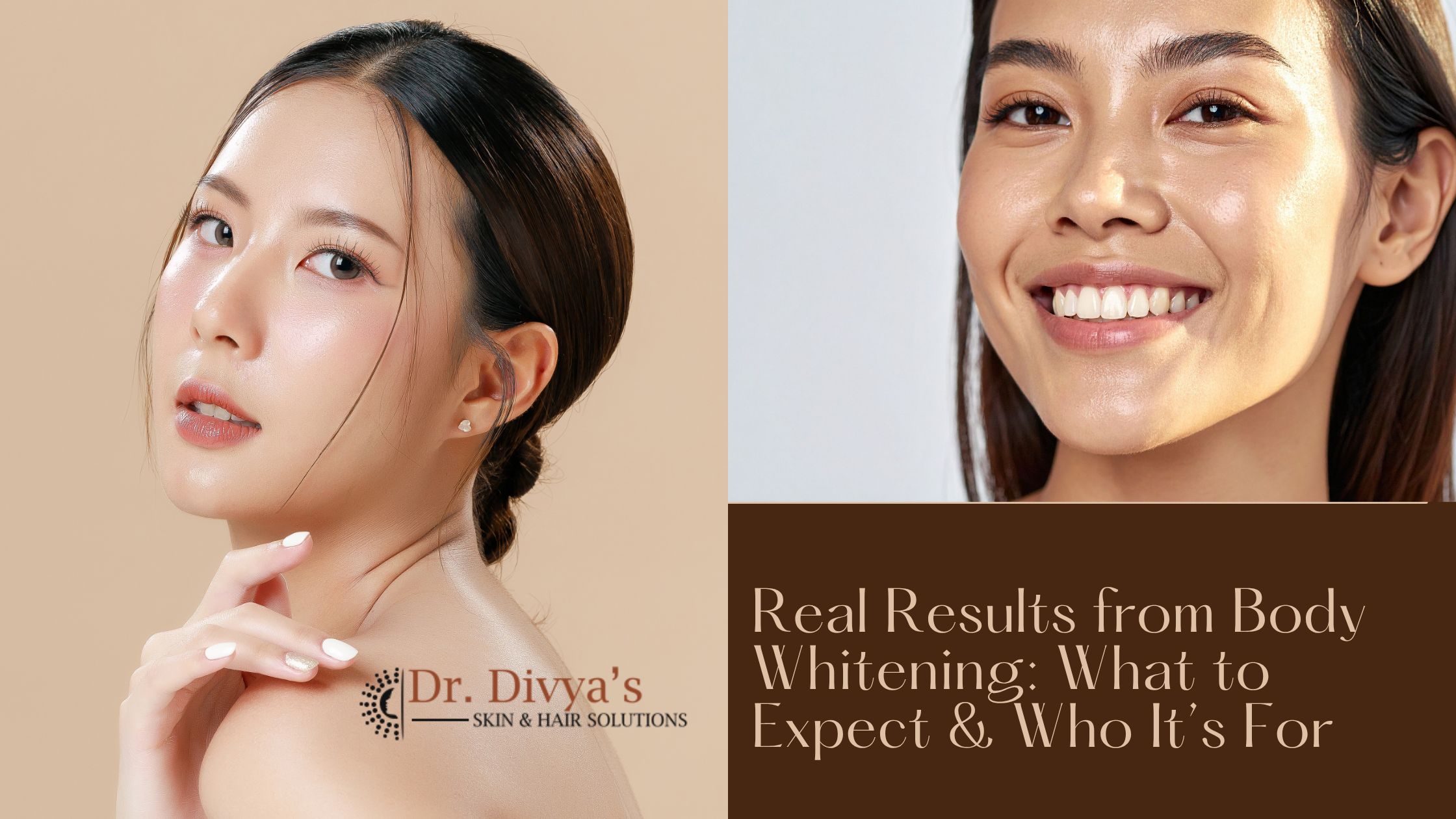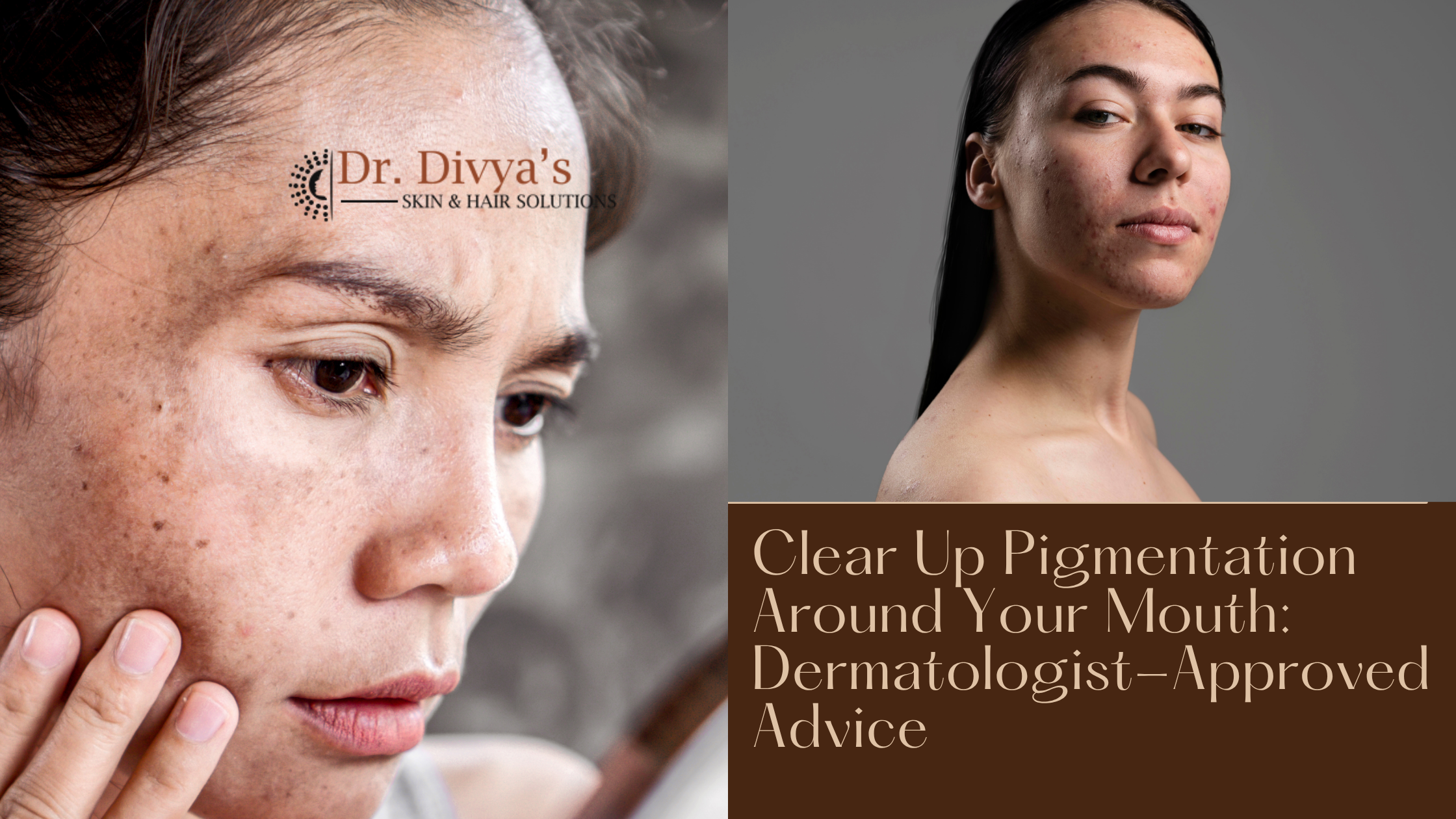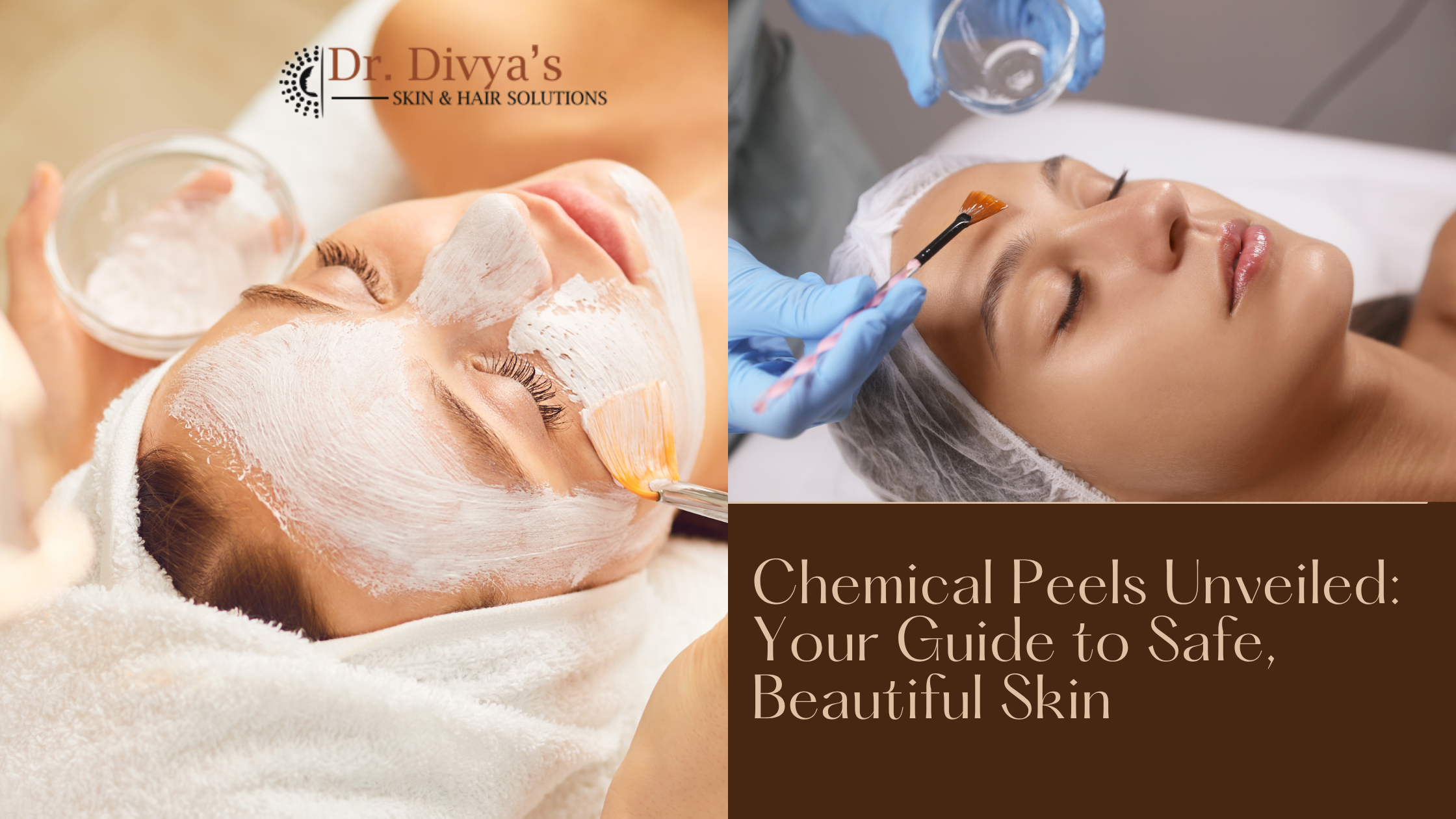Posted date on May 10, 2023
With summer just around the corner, it's crucial to prioritise sun protection to keep our skin healthy and safe from harmful UV rays. However, analysing the information on sunscreen labels can sometimes feel like navigating a complex maze. Here’s a simple guide for the key terms and information you need to know when reading sunscreen labels.
To make an informed choice about sunscreen, it is important to know your own skin and know which sunscreen is best suited for you. For that you must know how to read the label on your sunscreen. By understanding these labels, you'll be able to select the right sunscreen for your needs, ensuring you and your loved ones stay protected while enjoying outdoor activities.
-
Mineral
The word mineral mentioned on your sunscreen means it can be suitable for all skin types. Mineral sunscreens provide effective protection against both UVA and UVB rays, ensuring comprehensive coverage. Mineral sunscreens are generally for sensitive skin types. They are less likely to cause irritation or allergic reactions compared to chemical sunscreens, making them suitable for individuals with sensitivities or allergies.
-
Sun Protection Factor (SPF)
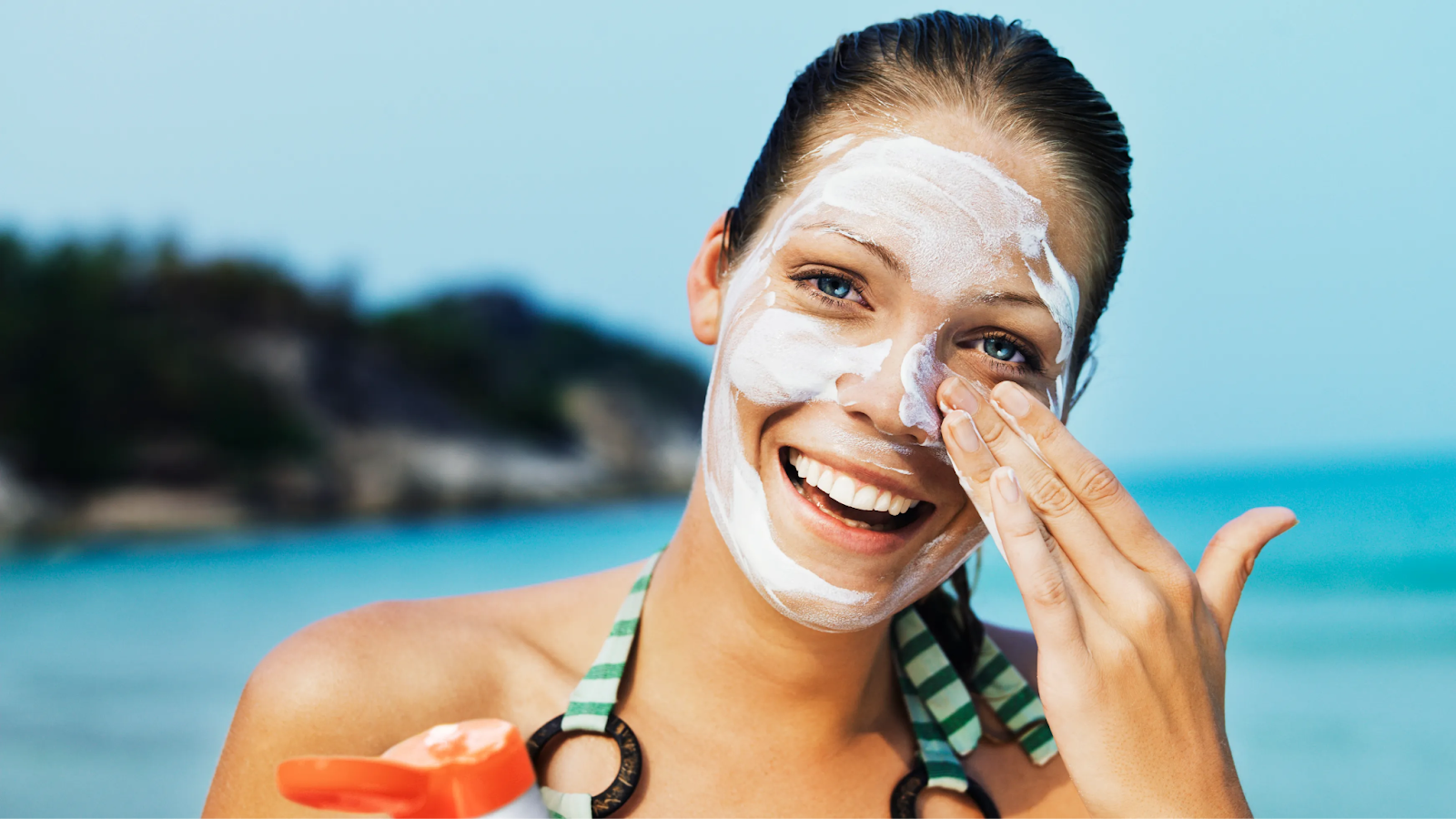
SPF measures protection against UVB rays, responsible for sunburns. The number indicates skin's delayed reddening compared to unprotected skin. SPF 30 means skin burns 30 times slower. It offers protection equivalent to 30 times the time needed for skin to reach its burn threshold. MED (Minimal Erythema Dose) is the UVB amount that causes sunburn. It varies based on skin type. SPF 30 extends protection approximately 300 minutes for a 10-minute burn threshold.
-
Broad Spectrum
Broad-spectrum sunscreens provide comprehensive protection against both UVA and UVB rays. UVA rays penetrate deep into the skin, causing ageing and long-term damage. UVB rays primarily affect the outer layers, leading to sunburn and increasing the risk of skin cancer. Look for the "broad spectrum" label to ensure your sunscreen shields you from both types of harmful rays. Prioritise broad-spectrum sunscreens for effective and well-rounded sun protection.
-
Water-Resistant
Sunscreens labelled as water-resistant provide protection even when exposed to water or sweat for a specific amount of time (typically 40 or 80 minutes). However, it's important to reapply after swimming or excessive sweating to maintain effectiveness.

-
PA+
PA stands for ‘Protection Grade of UVA’. It is a Japanese system of sunscreen labelling that describes the degree of UVA radiation protection a sunscreen provides. UVA rays are responsible for skin ageing, wrinkles, and long-term skin damage. The "+" symbols after "PA" represent different levels of UVA protection. The more "+" symbols, the higher the level of protection. Here's a breakdown of the PA rating system.
-
PA+ indicates some UVA protection
-
PA++ provides moderate UVA protection.
-
PA+++ offers high UVA protection.it means that it has been tested and shown to provide a high level of protection against UVA rays.
-
PA++++ indicates the highest level of UVA protection available in the rating system.
While the PA rating system helps you assess the UVA protection of a sunscreen, it does not provide specific information about the level of protection or the exact amount of UVA radiation blocked.
-
Active Ingredients
Sunscreen labels list active ingredients, which are the compounds responsible for providing sun protection. Common active ingredients include zinc oxide (UVA and UVB rays are absorbed and divided,offering broad-spectrum protection), avobenzone (UVA rays are absorbed, providing broad-spectrum protection) and oxybenzone (UVA and UVB rays are taken in, providing broad-spectrum protection). Each has different properties and offers protection against specific types of UV radiation.
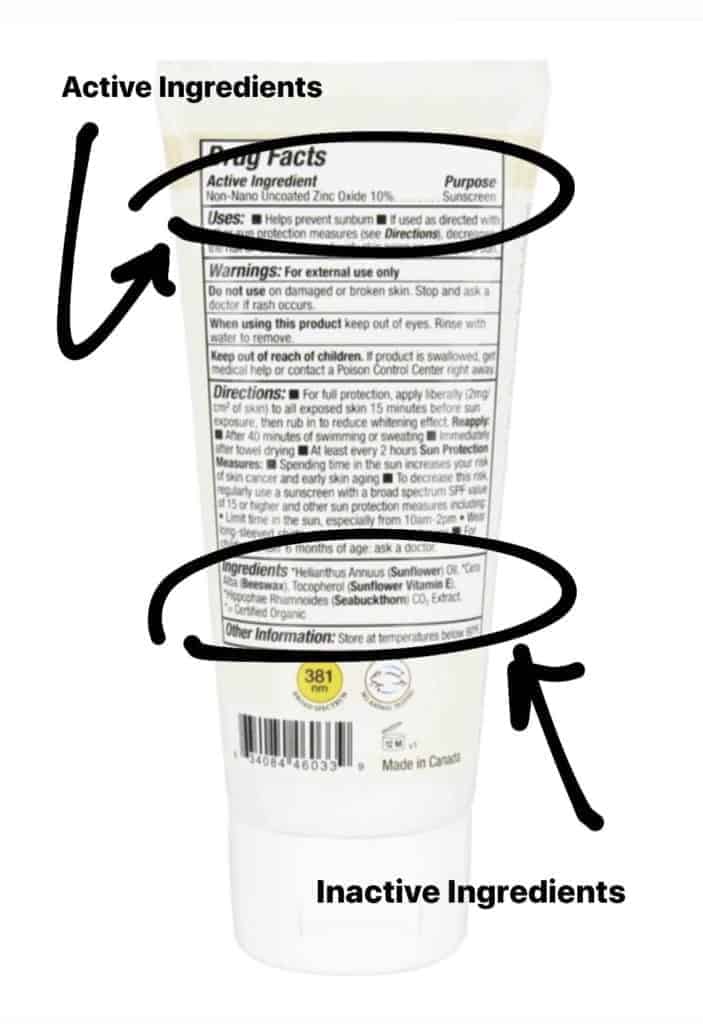
-
Inactive Ingredients
Inactive ingredients refer to the other components in the sunscreen formula. These can include moisturisers, emulsifiers, preservatives, and fragrance. If you have sensitive skin or specific allergies, it's essential to check these ingredients for potential irritants.
-
Sunburn Alert
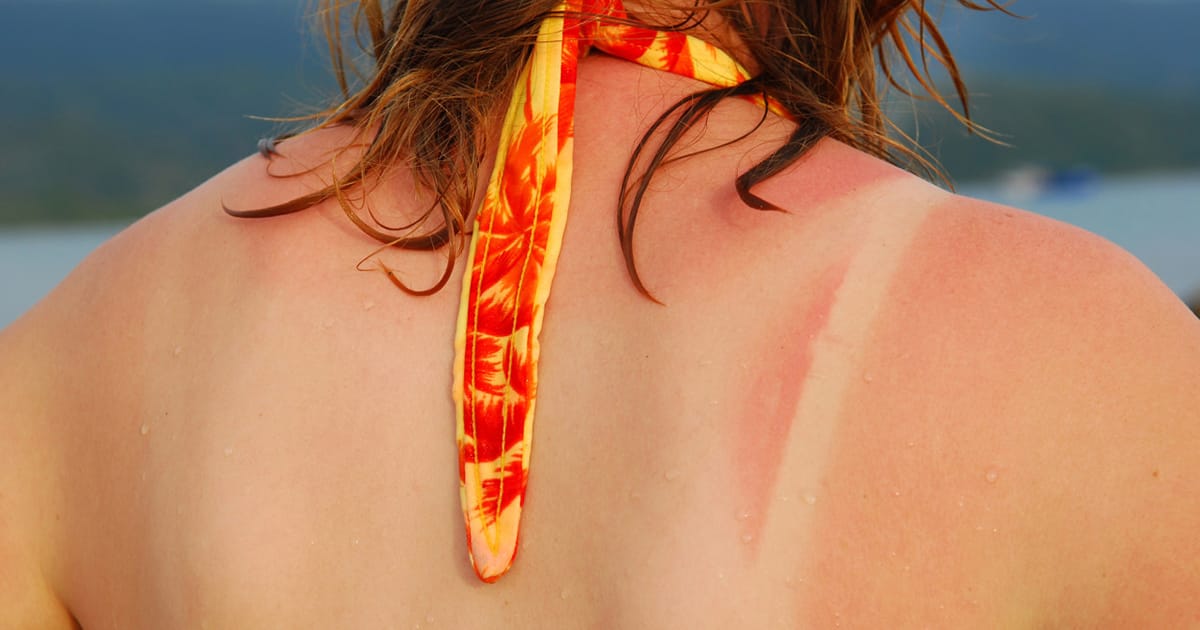
Some sunscreens contain a sunburn alert statement, particularly if they contain certain ingredients like alpha-hydroxy acids (AHAs) or retinol. These ingredients can increase the skin's sensitivity to the sun, so the label advises taking extra precautions such as wearing protective clothing and limiting sun exposure.
-
Directions for Use:
Sunscreen labels provide instructions for proper application and usage. They typically recommend applying a generous amount of sunscreen to all exposed skin at least 15 minutes before sun exposure and reapplying every two hours or after swimming or sweating.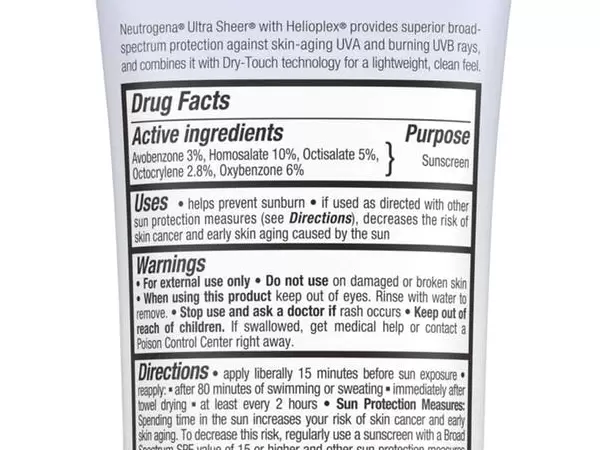
-
Expiration Date:
The expiration date of sunscreen varies based on the product and formulation. Most sunscreens typically have a shelf life of about 2-3 years. However, the precise expiration date should be checked on the product label, as it may differ from brand to brand.Using sunscreen past its expiration date may result in reduced protection. It is essential to maintain the sunscreen properly to preserve its durability and effectiveness so keep sunscreen in a cool, dry place away from direct sunlight and hot temperatures. Also after each usage, make sure to carefully close the sunscreen's lid or cap. This helps to prevent contamination and preserves the product's quality.
-
Dermatologist Tested:
This term indicates that the product has been tested by dermatologists to evaluate its safety and potential skin irritation or sensitivity issues. However, note that this doesn't guarantee the product will work for everyone, as individual reactions can still occur. It is good to visit a dermatologist to know whether the sunscreen is good for you. It is helpful because if you have skin allergies or allergies to specific sunscreen incredients a dermatologist can provide personalised recommendations and help you identify suitable products that won't cause adverse reactions.
Conclusion
Understanding sunscreen labels is essential for making informed choices about sun protection. By analysing the information on sunscreen labels, you can select the right sunscreen for your needs and ensure adequate protection for your skin. Also It’s important to Know your skin type. Speak to our dermatologists to understand your skin type better. At Dr. Divya’s Skin and Hair Solutions in Bangalore, we provide customised solutions for all skin types.
